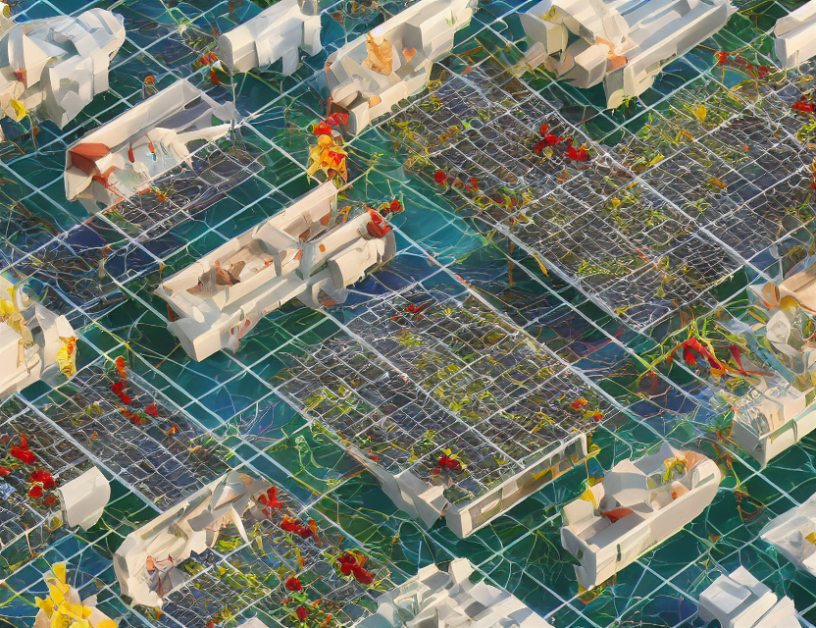In this article, we explore the complex world of genomics and how researchers are working to make sense of the vast amounts of data being generated by next-generation sequencing (NGS) technologies. The field of genomics has made incredible progress in recent years, but with the exponential growth in DNA sequence data, new computational methods are needed to manage, integrate, and interpret this wealth of information effectively.
To tackle these challenges, researchers have developed a powerful tool called BlazeGraph, a horizontally scalable and open-source graph database that can store and process large-scale graph data. Think of BlazeGraph as a giant filing cabinet for all your genomic data, where each drawer represents a different "knowledge graph" containing information about a specific set of variants.
By leveraging BlazeGraph, researchers can query these knowledge graphs to create a unified large graph that represents the entire dataset. Imagine this large graph as a complex web of interconnected nodes and edges, where each node represents a variant and each edge represents the relationship between them. This web of connections allows researchers to ask sophisticated questions about the variants and how they relate to each other and the genome as a whole.
One key aspect of BlazeGraph is its ability to handle "homogeneous edges," which means that all edges within a knowledge graph are the same type. Think of this like a city street network, where all roads leading into the city center are one-way streets. In genomics, homogeneous edges represent the relationships between variants, such as "this variant is located near that variant."
To demonstrate the power of BlazeGraph, the authors conduct a case study on CADD scores, which are used to predict the functional impact of genetic variants. They create a large knowledge graph by aggregating several smaller knowledge graphs for each variant file and then query this large graph using a graph database management system called GraphDB.
Overall, BlazeGraph is an exciting new tool that has the potential to revolutionize the field of genomics by enabling researchers to efficiently manage, integrate, and interpret large-scale genomic data. By providing a unified framework for storing and querying knowledge graphs, BlazeGraph can help demystify the complex relationships between genetic variants and their impact on human health.
Artificial Intelligence, Computer Science
Analyzing Genetic Variants: The Key to Preventing and Treating Diseases



